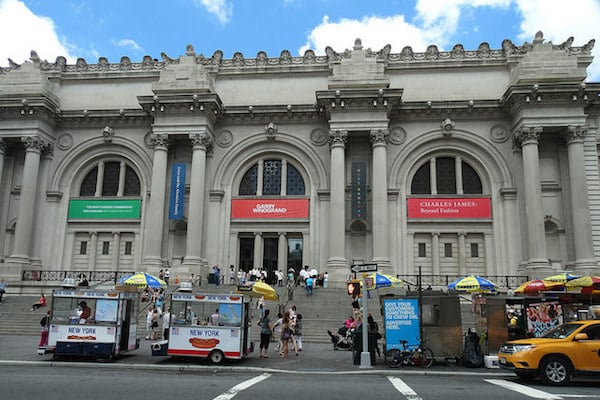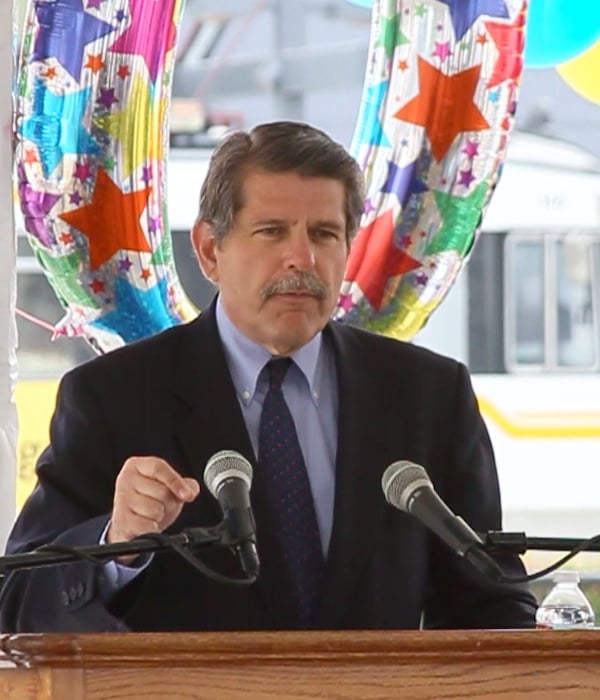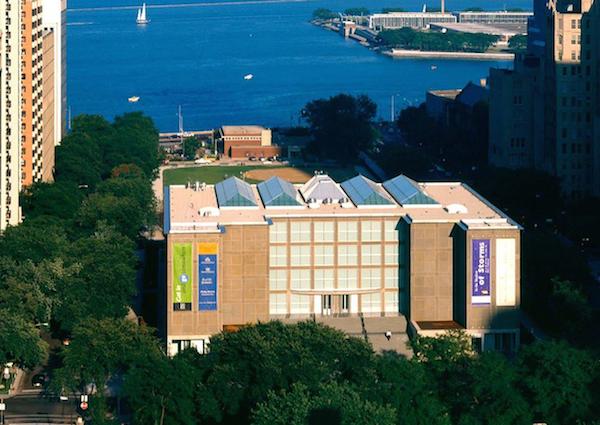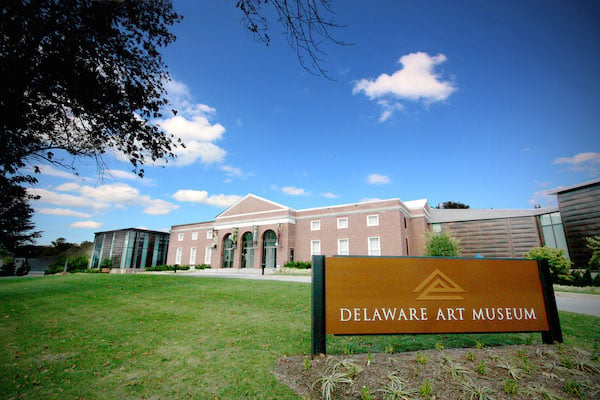Art World
Around the Art World in Three Minutes
The perils of running a food cart outside the Met, and more news to start your week.

Photo: Robert Easton/Flickr.
The perils of running a food cart outside the Met, and more news to start your week.

The Squeeze: There’s a fight brewing on the Metropolitan Museum‘s plaza. As construction kicks into high gear ahead of its September 9 reopening, the museum’s steps are now flanked with scaffolding, meaning—among other things—that there’s less room for food carts. The entrance to the Met is one of New York City’s most coveted spots for food cart owners and operators, and the current construction means that only eight of them—as opposed to the usual 20—are allowed to set up there on any given day, the New York Times reports. Consequently, cart operators who’ve managed to secure a spot are sleeping there overnight so as not to give up the space to a competitor, though they face opposition from the New York City Health Department and the NYPD, which keeps a round-the-clock watch on the vendors. “We’re across the street from some of the richest people in America,” says cart operator Armando Crescenzi. “You think they want to see a bunch of street vendors sleeping outside their window night after night?”

Outgoing Los Angeles County Supervisor Zev Yaroslavsky.
Photo: Metro – Los Angeles/Flickr.
The Profile: Los Angeles County Supervisor Zev Yaroslavsky, whose districts include Hollywood, Beverly Hills, Malibu, Westside, and the San Fernando Valley, and who will leave office when his fifth term ends at the end of 2014, has been one of the most vocal supporter of the arts in his city, his state, and the entire country. His office is decorated with artworks on loan from LACMA, the upcoming expansion of which he championed. And he was instrumental in the construction of Frank Gehry’s Walt Disney Concert Hall, among many other projects that have shaped the city’s cultural geography. “I guarantee you I’m the only politician in California that starts a stump speech before community groups with three things I want to talk about, and one of them is arts and culture,” he tells the Los Angeles Times in an extensive profile. “And if you look ahead 50 years, what is going to drive our economy? Manufacturing in Southern California is history. Big corporate headquarters are history in this town. So what’s the future? The arts are explosive, proliferating like bunny rabbits all over Southern California. People who want to be on the cutting edge in whatever medium of art they’re involved in come here.”

The Museum of Contemporary Art in Chicago.
Photo: MCA Chicago, via Facebook.
The Plea: After a number of major US museums recently opted to do away with admission—among them the Hammer Museum, the Dallas Museum of Art, and the Indianapolis Art Museum—Chicago Tribune writer Steve Johnson is calling on Chicago museums to follow suit. In particular he cites the example of the city’s Lincoln Park Zoo, the only zoo in the US that is both privately funded and admission-free, whose president and CEO Kevin Bell comments: “I will say, without naming names, I’ve talked to other institutions in the city about our model.” One of them may be the city’s Museum of Contemporary Art, whose chief content officer Susan Chun remarks: “There is quite a clamor in the field for organizations to be free, to think about free admission…Certainly we think about it here all the time.”

The Delaware Art Museum.
Photo: The Delaware Art Museum.
The Betcha Didn’t See This Coming: The Delaware Art Museum, which made the controversial decision to deaccession and sell of works from its permanent collection in order to pay off debts incurred during a recent expansion and replenish its endowment (see artnet News coverage), expects to make $19.8 million off the sale of three works, well shy of the $30 million it had hoped to raise, the News Journal reports. Works by Alexander Calder and Winslow Homer have disappeared from the museum’s galleries and online collections, leading many to speculate that they may be the next to be sold. Museum CEO Mike Miller says that Christie’s is currently courting private buyers for two pieces from the collection, but didn’t specify which.

A classic autocorrect FAIL.
Photo: Via BuzzFeed.
The Extracurricular: We have become a global culture dependent on autocorrect—and addicted to its hilarious errors—but how did the now-indispensable software come about? Wired‘s Gideon Lewis-Kraus interviewed Microsoft executive Dean Hachamovitch, the closest we have to an autocorrect inventor, chronicles the program’s complete history, and tries to grasp why we’re more fascinated by its few failures than its innumerable successes. “Surrealists once encouraged the practice of écriture automatique, or automatic writing, in order to reveal the peculiar longings of the unconscious,” Lewis-Kraus writes. “The crackpot suggestions of autocorrect have become our own form of automatic writing—but what they reveal are the peculiar statistics of a world id.”